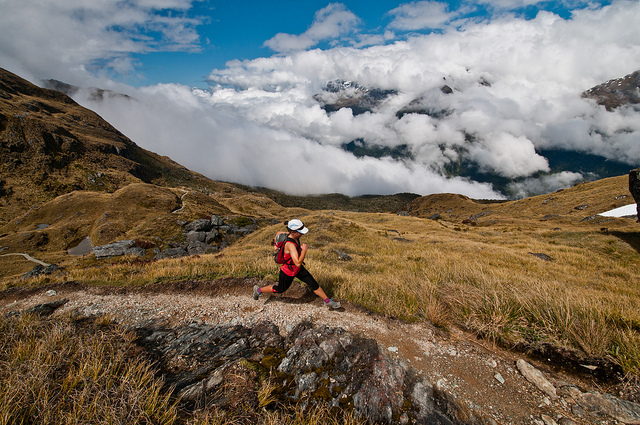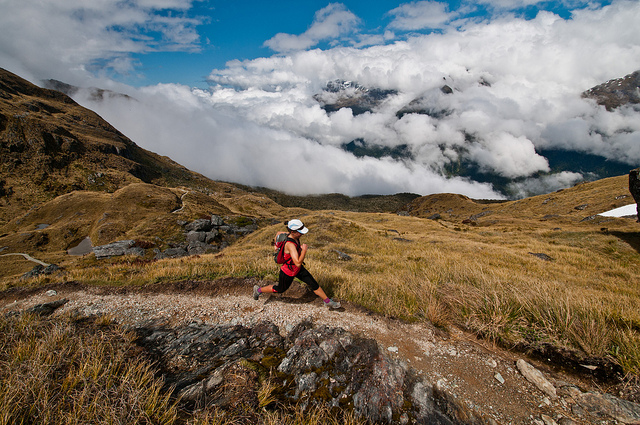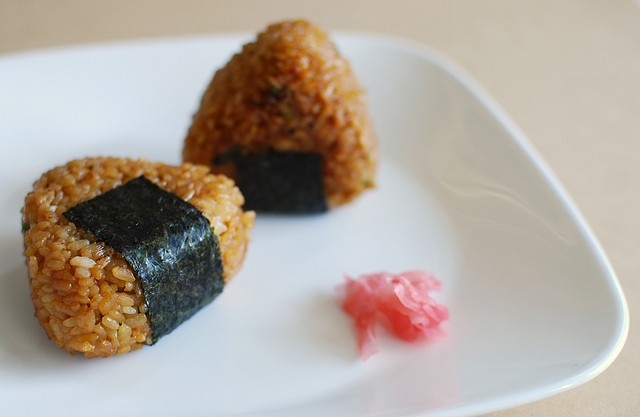All of us know the relationship between sedentary lifestyle and illness, between physic exercise and health.
A sedentary lifestyle brings us obesity problems, diabetes, hypertension, artery problems… Meanwhile exercise accelerates the metabolism and as a consequence regulates the levels of glucose in the blood and prevents obesity. The exercise also provides better bones, reduces the osteoporosis and improves the blood circulation, the arterial pressure, the muscular resistance, the respiratory capacity and causes the liberation of the endorphins in our organism.
The endorphins, named “the hormones of happiness”, are like a drug, they stick their hook on us, and this could bring us to excessive exercise with bad consequences on our health.
The endorphins provide us 3 natural medicines, which are anxiolytic, analgesic and energetic. They increase when exercise is practiced outdoors and overall when you are surrounded by nature.
The excess of exercise can bring us to the lack of oxygen for the combustion of the glucose and the generation of free radicals with the consequence of acidification, which can make acid lactic, with bothering stiffness between other problems. In addition, this can produce hydroelectric unbalance and cramps.
In summary, the excessive exercise can also generate problems in the health of the athlete. We have to respect the times of activity, rest and recuperation, and adapt this to our state.
The athletes should have to consider the necessary changes in nutrition to reach the higher performance in the competition.
The extreme physic exercise demands carbohydrates of maximum quality, like the ones in the free-gluten whole grains. The gluten, no matter if you are celiac or not, must be avoided because it causes inflammation. We also have to consider the glycemic index, which mustn´t be too high so the levels of glucose in the blood doesn´t increase quickly, but very slowly so it stays constant during more time.
Another necessary characteristic of the complex carbohydrates is that they have to be easily digested with a high percentage of nutrients. In these nutrients we highlight the wholegrain cereals that have vitamins of the group B, polyunsaturated fat, fiber, proteins and minerals, in summary all the nutrients.
The most recommended wholegrain cereals are: the brown rice, the buckwheat, the millet, the quinoa, the amaranth, the canihua and the corn. To all of them we will add some gomasio. Other complete carbohydrates are the biologic pasta of the cereals mentioned before and the wholemeal bread. The wholemeal bread of spelt or buckwheat, the “tortillas” of corn, brown rice or amaranth are a good option to replace the energy bars.
The nutrition during the period of training has to have lots of carbohydrates and a moderate quantity of proteins and fats, which have to be of good quality.
The combination of carbohydrates with fats like the omega-3 is fundamental to have a good sports performance. For example, the omega-3 that comes from small blue fish and flax or chia seeds are ideal.
The proteins which our organism can assimilate easily are the vegetables like: the azukis (which are very favorable to the kidney), the lentils, the chickpeas, the beans, etc… All of them in small quantities and well cooked.
We will accompany these vegetables with cumin that is carminative and will avoid us to get flatulence.
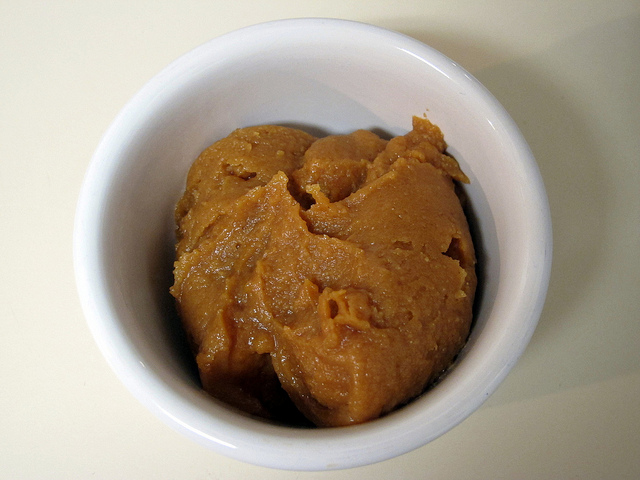
We will also find miso, which is the protein of the fermented soya. The miso, next to the tempeh, is the best protein we can consume. The miso has lots of different varieties, and of all of them the most recommended one is the barley miso –mugi miso- that dissolved in an algae and vegetable soup can form a delicious miso soup.
The miso is an energy protein, anti-anemic and alkalizing that improves the quality of the blood because it facilitates the increase of red blood cells, which are the responsible of bringing oxygen to the cells, making increase the quality of the sports performance. The miso is ideal to repopulate the intestinal flora and protects our body from nuclear and electromagnetic radiation.
In the daily macrobiotics food we can contemplate other protein and mineral nourishments, like the seaweeds, especially the Kombu, the Wakame, the Aramean, the Nori and the Dulse. Also the fresh water algae like the spirulina, which is very energetic.
In the macrobiotic diet there are also other energy foods that increase the potential of the performance. The best ones are:
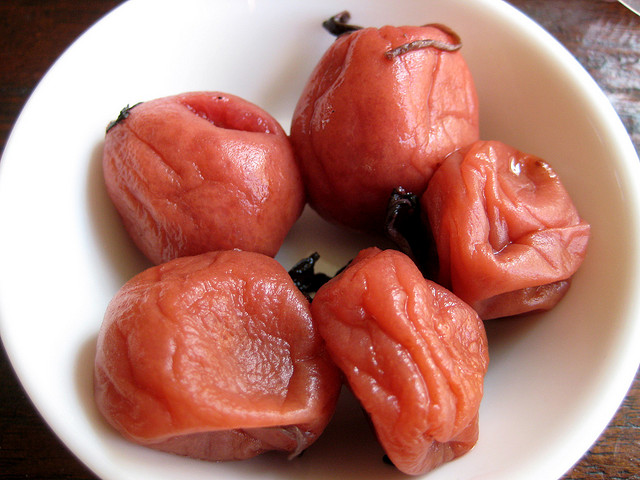
• The plum Umeboshi: is antioxidant, antibiotic and alkalinizes the blood. It normalizes the digestion and stimulates the liver and the kidney.
• The cooked Shiitake mushroom provides us lots of energy and the water of its cooking is a natural anti-inflammatory. It soothes the muscular tension and is recommended to be eaten one mushroom per week. This mushroom is diuretic, contains 50 enzymes and all of the essential amino acids, minerals and B12 vitamins.
• The Kuzu is another specific food for athletes because of its high energy value. It is a starch used in the TCM- Traditional Chinese Medicine- Since 2500 years ago because of its anti-inflammatory properties, protects us from mucous, and it´s also excellent to sooth the fatigue produced by acidity, it regulates our digestion, it relaxes our muscles, arteries, it alkalinizes our body and is good for the insomnia.
• The Tamari soya sauce to add to the green tea, the cereals and vegetables. It provides energy and a tasty flavor.
• The roots of ginger and turmeric: both of them excellent anti-inflammatories.
• The Marine salt contains all the elements of the periodic table, as our blood, and solidifies our bones.
• Energy Drinks:
• Kukicha tea and Bancha green tea: Helps us strengthen the liver and are ideal for the fatigue. These teas are powerful antioxidants.
• Mu tea: Is a drink that alkalinizes our body. It contains from 8 to 16 different varieties of plants, like the ginseng and a diverse variety of medicinal herbs.
• Lotus tea: Is also another powerful alkalinizing drink inside the macrobiotic diet. The Lotus tea is used to treat the respiratory obstructions and mucus.
Before the competition
All of these nourishments have to be eaten 3 hours before starting the exercise so the quantity of glucose in the blood and the reserve of glycogen are appropriate.
This food previous to the exercise is based on the carbohydrates mentioned before, mixed with some vegetables. The drink recommended before and during the race is water of maximum quality with a little bit of marine water, thanks to this drink we will be able to replace the lost of minerals because of the effort and sweating. 3 measures of sea water by 5 measures of mineral water. This drink is much better than any of the industrial isotonic energy drinks because it´s 100% natural, without any extra chemical adding neither anything that can complicate our digestion and assimilation.
Before the start of the competition it is also recommended to eat sesame, sunflower or pumpkin seeds, or dried fruit like the almond. Red fruits like the blueberries or blackberries are also a good option.
During the competition
For solid food (every half to one hour): brown rice “tortillas”, amaranth crackers, chapatti of Saracen, dried fruits like raisins, figs…etc.
To drink: water + sea water every half an hour.
After the competition
Eat before 15 minutes have passed complex carbohydrates + some proteins + fruit (cooked apple…) + water with sea water.
Once some hours have passed we need more carbohydrates, fats and proteins, thinking that we have to regain the great wear and organic unbalance.
Notes: Translation by María Gimeno
Read the Spanish version here.
